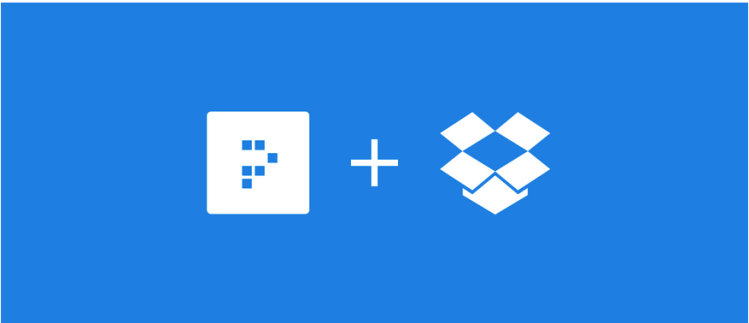Dropbox is beefing up its tools for creative folks with today’s acquisition of Pixelapse, a version-control solution.
Founded in 2011, Pixelapse is a “visual version-control and collaboration platform for designers [that powers] the document backup, version control and collaboration needs of thousands of creative teams, agencies and freelance designers,” according to the company’s website. Terms of the deal were not disclosed, but this is Dropbox’s second acquisition in 2015 already.
As the company writes on its homepage:
Our new development efforts will be focused on bringing the same kinds of collaboration and workflow experiences that you’re used to in Pixelapse over to the core Dropbox product. Pixelapse as a standalone product will continue to operate and be supported for the next year as we work towards this goal, at which point we’ll offer a migration plan for your work.
While GitHub has built an entire business from enabling version control and collaboration for developers — it even takes its name from a popular version control language — designers have not been as fortunate with their tools. CAD and design software have been slow to catch up, usually forcing designers to save multiple versions of what they’re working in order to have access to slightly different versions. Adobe, Layervault, and even GitHub have also tried to alleviate this problem for designers, although no one, Pixelapse included, seems to have become an industry standard yet.
Pixelapse’s software already syncs with Dropbox, and it supports more than 50 file formats, including Adobe Illustrator, Photoshop, and Fireworks. It renders front-end text files in CSS, HTML, Javascript, and more. This high level of interoperability with other tools makes it a great addition to Dropbox’s product, especially alongside Project Harmony, its real-time collaboration layer for Microsoft Office files. With Pixelapse, it can now offer a similar level of collaboration to designers using its service to store their work.
It’s also again signaling that Dropbox doesn’t want to replace popular file formats, but rather wants to enable users to keep using what they like, and store it in Dropbox. Google Drive, in contrast, is essentially a replacement for other document formats despite being somewhat compatible with Microsoft Office.
Pixelapse participated in Stanford University-affiliated accelerator StartX during the summer of 2012, making it the second known StartX grad Dropbox has acquired after Predictive Edge last July. Last week, Dropbox acquired CloudOn, a company providing a document creation tool for mobile devices, although it originally enabled people to access and edit Microsoft Office documents on their tablets and phones.
Shravan Reddy and Min Ming Lo cofounded Pixelapse in 2011, which is based in Palo Alto, Calif. The startup also participated in Y Combinator’s winter 2012 batch, and it has raised an undisclosed amount of seed funding.


